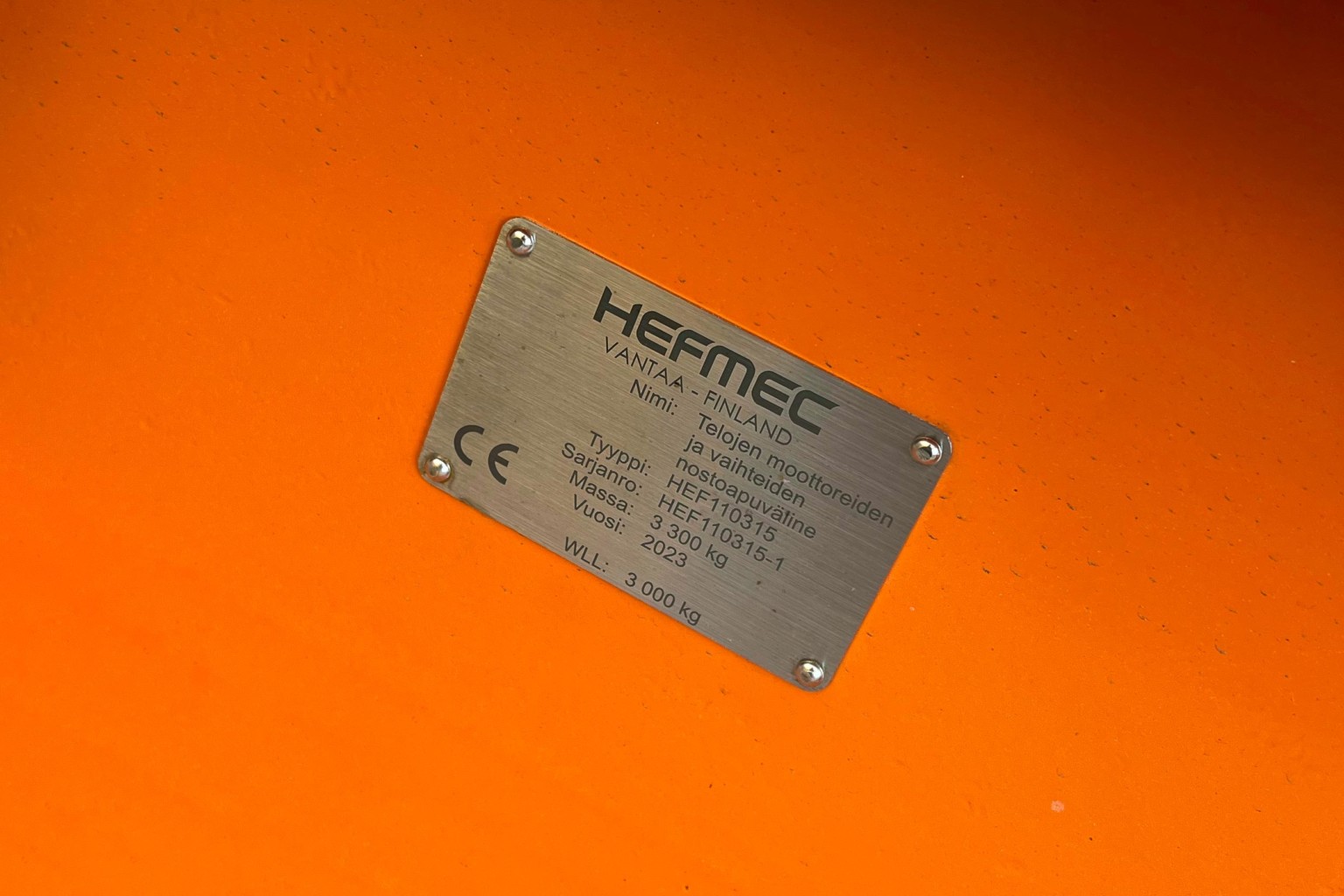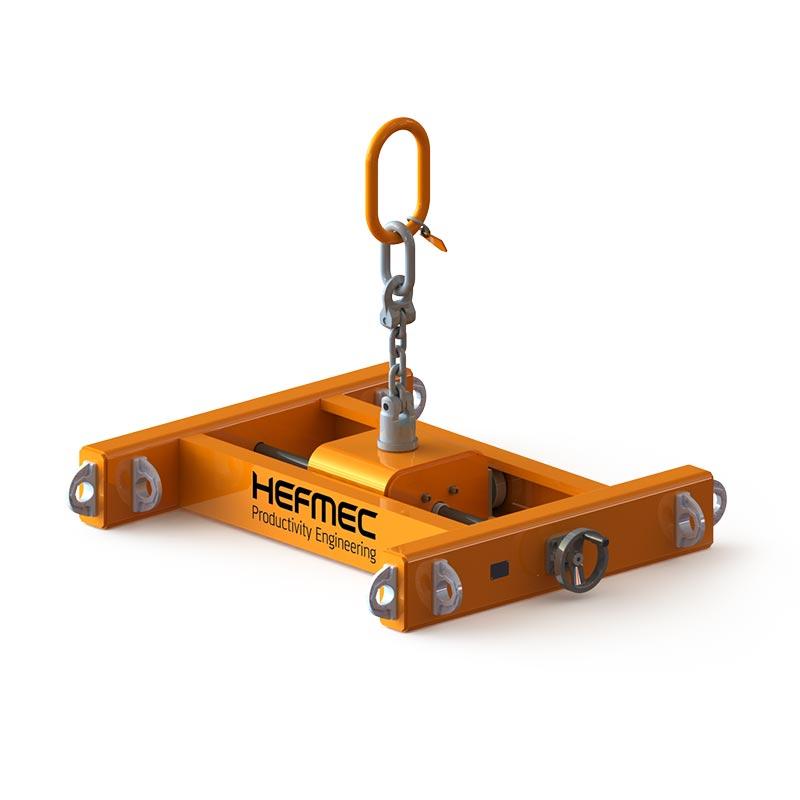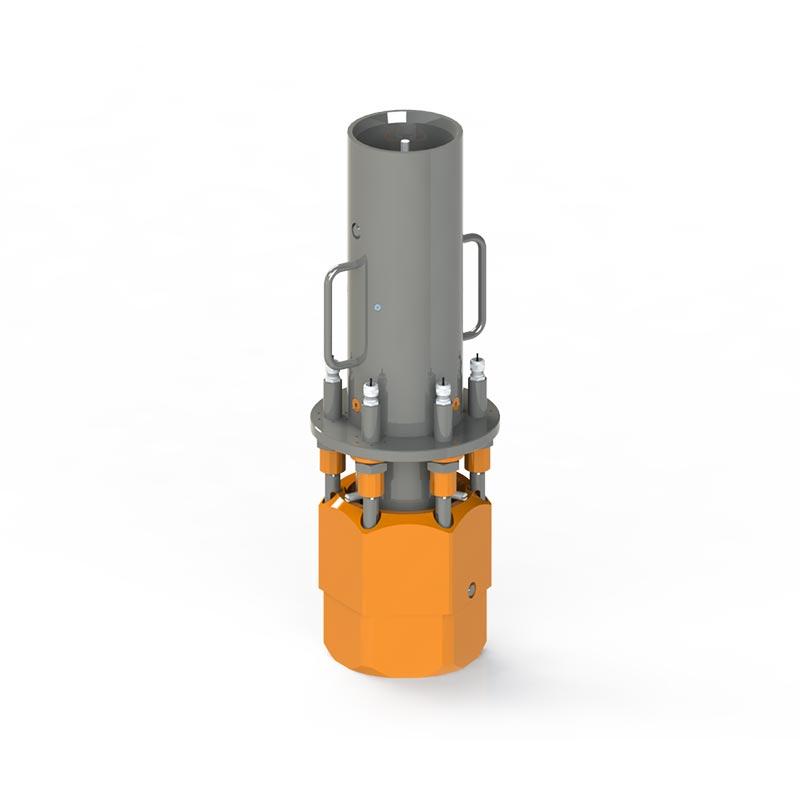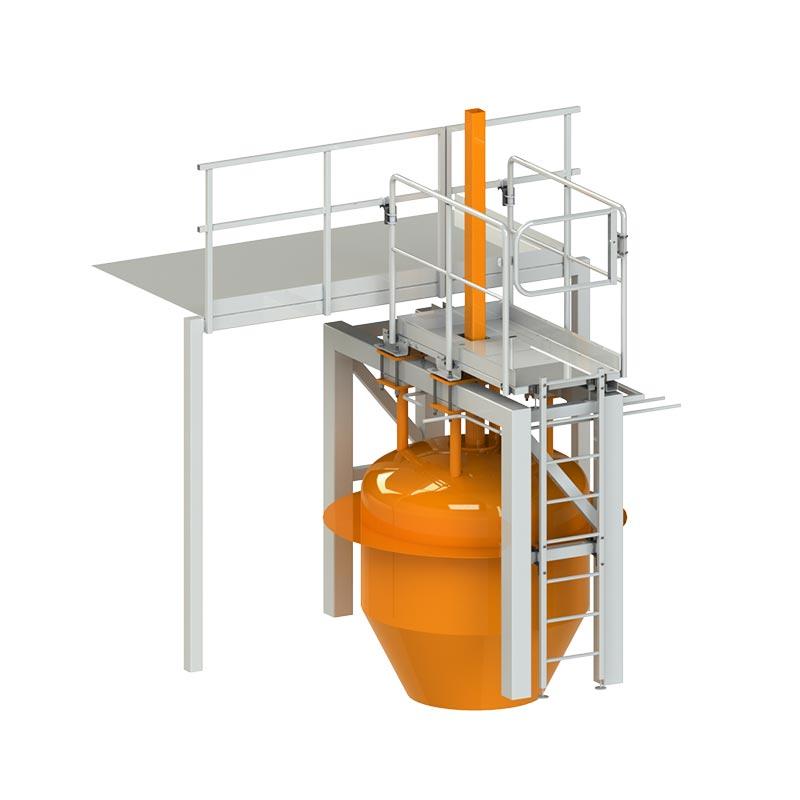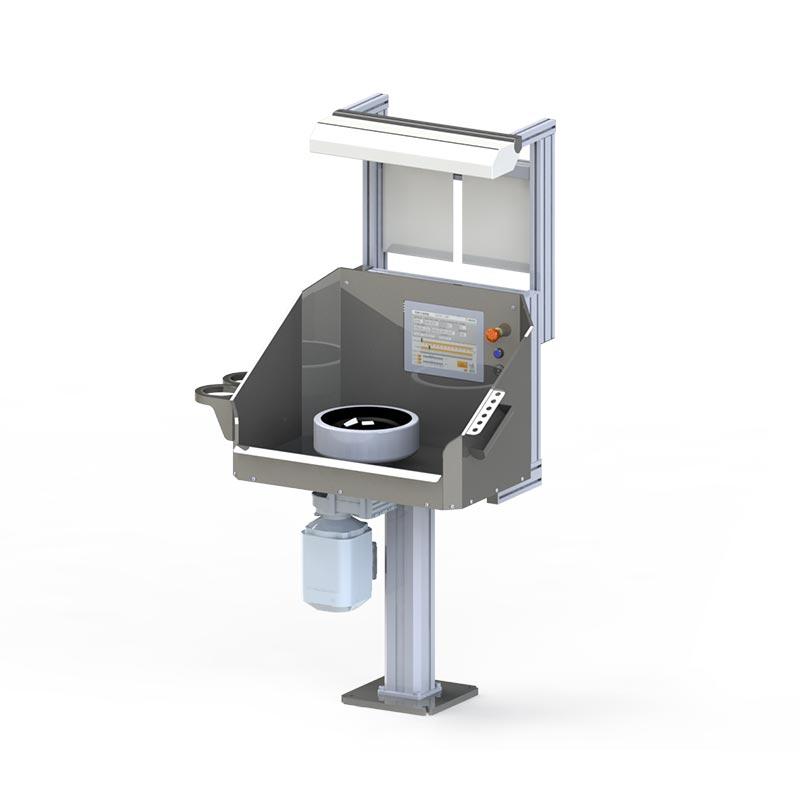The CE marking for lifting equipment requires that it meets the safety requirements set by the European Union (EU). CE marking is not issued by a public authority, but is the responsibility of the manufacturer or importer. Lifting equipment manufacturers must comply with EU Directive 2006/42/EC on machinery and applicable standards.
General requirements for the CE marking of lifting accessories
- Essential safety requirements: the lifting accessory must meet the essential requirements for the safety of machinery. These requirements relate, for example, to design, manufacture, instructions for use, marking, safety measures and risk reduction.
- Risk assessment: the lifting accessory manufacturer must carry out a risk assessment to identify potential hazards and assess their risks. Risk management measures must be implemented during design, manufacture and use.
- Instructions for use: the lifting accessory must have clear and understandable instructions for use, including safety instructions, operating restrictions and maintenance instructions.
- Markings: the lifting accessory must bear the CE marking and other necessary markings, such as the name and address of the manufacturer, serial number, maximum load, etc.
- Declaration of conformity: the manufacturer of the lifting accessory must declare that the lifting accessory has been designed and manufactured in accordance with the applicable directives, standards and technical requirements.
What is the difference between a lifting accessory and a special lifting accessory?
Lifting equipment is a common and widely used lifting device. Typical lifting accessories include lifting jacks, lifting chains, lifting lines and various types of screw jacks.
Special lifting accessories are specially designed lifting devices intended for use in special situations or for specific types of lifting tasks. Examples of special lifting accessories are lifting frames, grabs, scissors and lifting beams with individually designed lifting points. More examples can be found on our lifting accessories page
The CE marking of special lifting accessories is subject to the same requirements as for general lifting accessories, but also takes into account special features and specific risks.
Design and CE documentation of a special lifting accessory
The design project for a special lifting accessory typically includes familiarisation with the site and requirements, development of the lifting method, modelling of the lifting accessory and strength calculations. In some cases the strength calculations are replaced by a load test.
The technical documentation of a CE marked special lifting accessory shall include:
- An overview of the destination,
- technical drawings,
It is the responsibility of the documentation author to ensure that the technical file complies with the requirements of the directives and standards. If you order only the design and CE documentation for a lifting accessory, the manufacturer of the accessory is responsible for ensuring that the accessory is manufactured in accordance with the requirements of the technical file.
Manufacture of special lifting accessories
The manufacturer or producer is responsible for the conformity of the instrument and affixes his own CE marking to the instrument to indicate this. When Hefmec manufactures and supplies a lifting accessory, Hefmec is responsible for ensuring that the accessory is manufactured in accordance with the requirements of the technical file and for supplying the accessory CE marked.
CE documentation of an existing special lifting accessory
A special lifting accessory documentation project typically involves familiarisation with the site and requirements, modelling of the lifting accessory and strength calculations to produce the appropriate CE documentation. In some cases, strength calculations are replaced by a load test.
Typically, a new CE documentation is drawn up for a lifting accessory when the intended use of the lifting accessory is to be changed or the maximum working load limit (WLL) of the lifting accessory is to be increased. Also in these cases, the originator of the documentation is responsible for ensuring that the new technical file complies with the requirements of the current directives and standards, but the manufacturer or producer is responsible for the conformity of the equipment and affixes his own CE marking to the equipment to indicate this.
Do you have any questions?
For all questions related to CE marking, please contact Petja Lindström directly, +358 40 740 4771.

